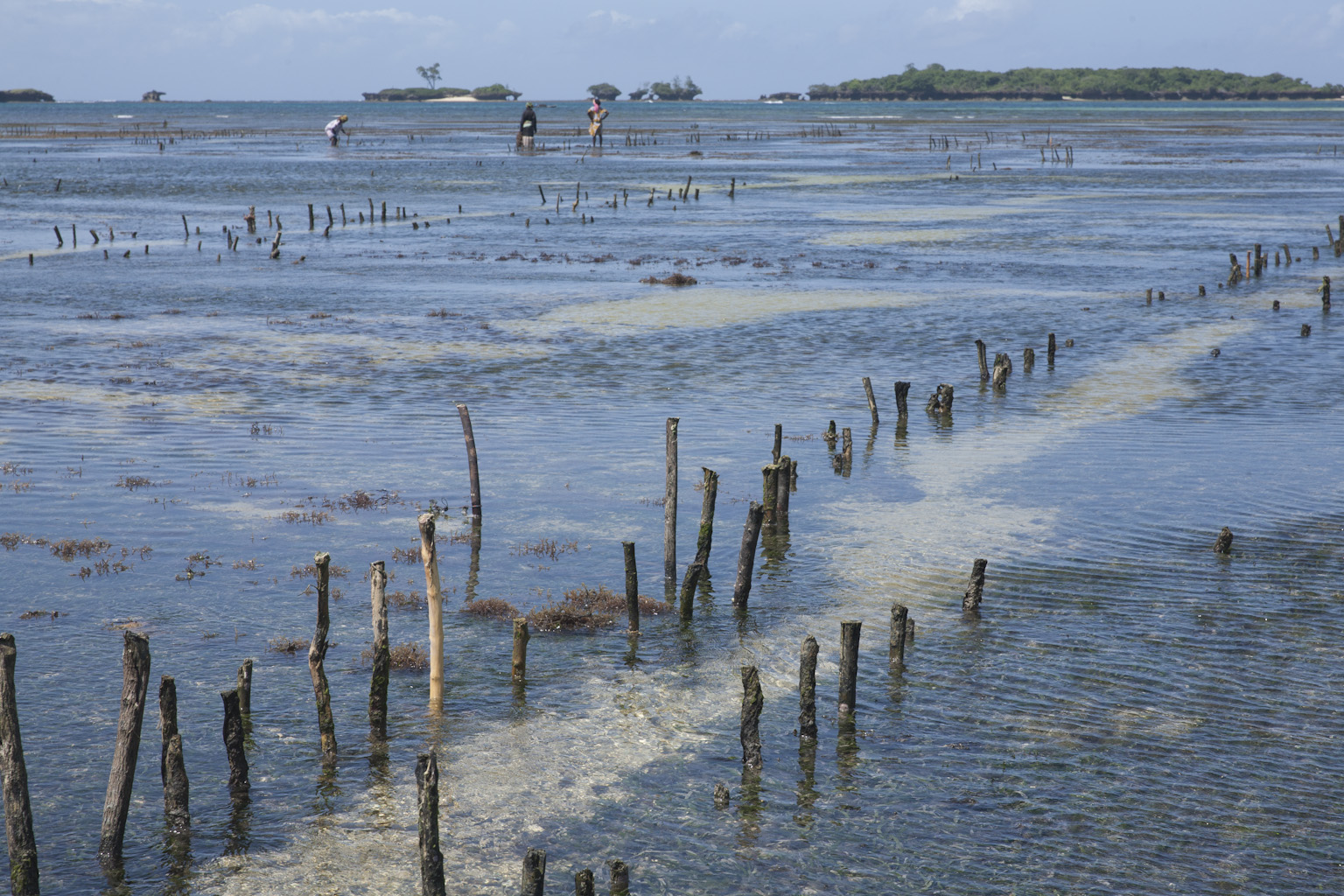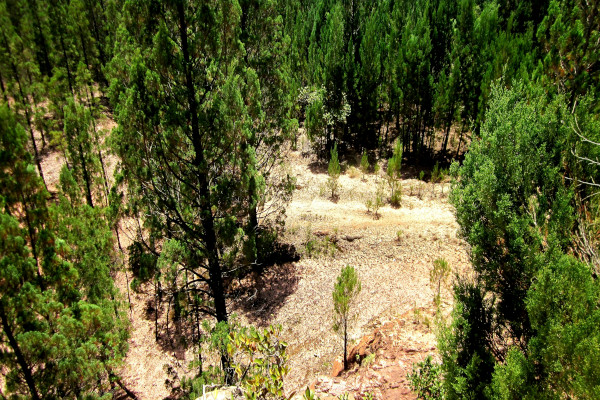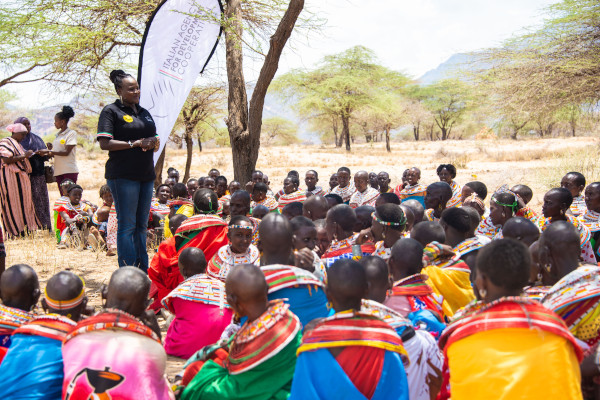The “Planet” pillar reminds us of the urgency of caring for the environment we live in. Climate change is having tangible effects at multiple levels: loss of biodiversity, disruption of ecosystems, worsening living and health conditions. Faced with these challenges, action is essential.
In Kenya, AICS supports initiatives to tackle and reduce the effects of climate change. Work focuses on protecting and regenerating forests and agro-forestry ecosystems, and promoting sustainable use of natural resources. Together with institutions and local communities, efforts combine environmental protection and socio-economic development, strengthening people’s capacity to adapt to climate change. Many initiatives also address land access and protection of community rights. Growing interest is also emerging in carbon credit markets as a potential financing source.
In Tanzania, the focus is on strengthening national capacity to respond to climate risks and emergencies. A concrete example is the launch in 2024 of the first “Situation Room” in Dodoma, implemented with UNDRR and Fondazione CIMA, enabling real-time monitoring of extreme events and rapid response activation, integrating environmental management and security.
In Somalia, support is directed to responding to crises caused by extreme climate events such as droughts and floods, both through multilateral interventions with UN agencies and direct emergency funds to assist affected communities.




